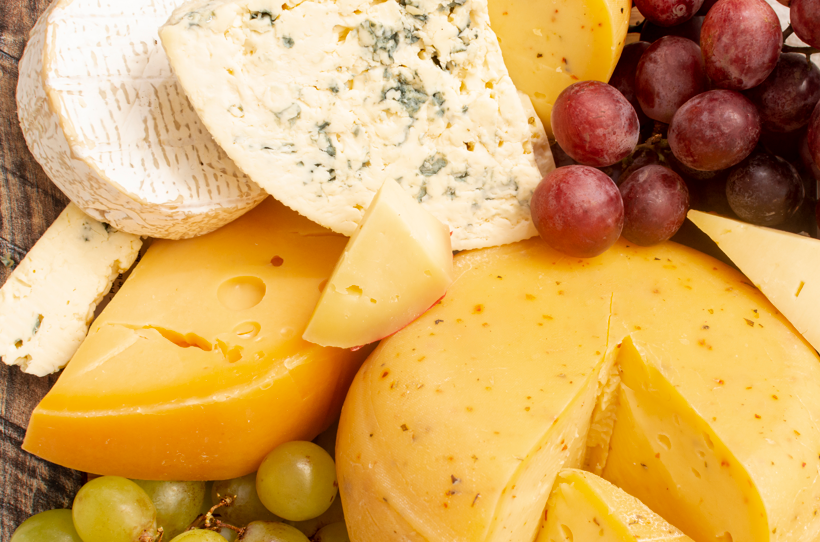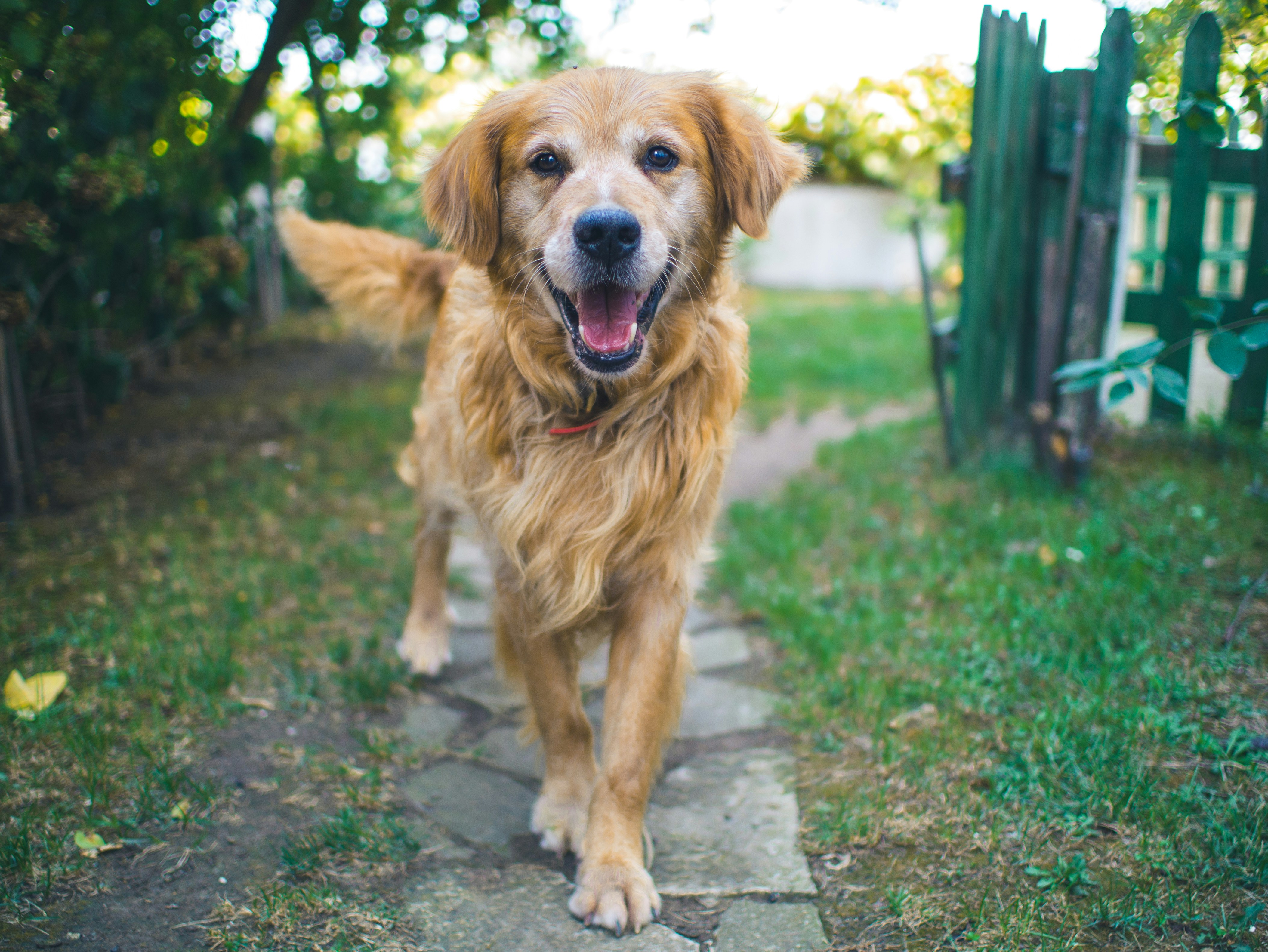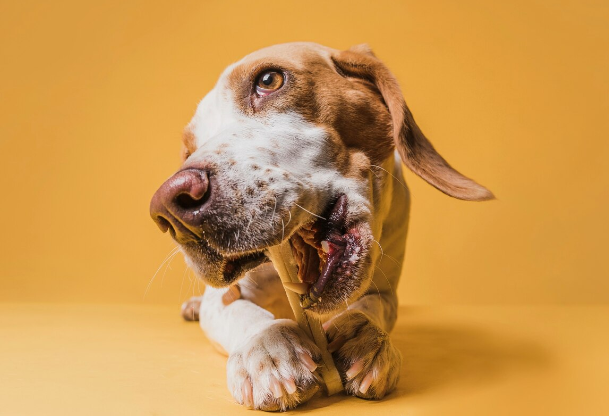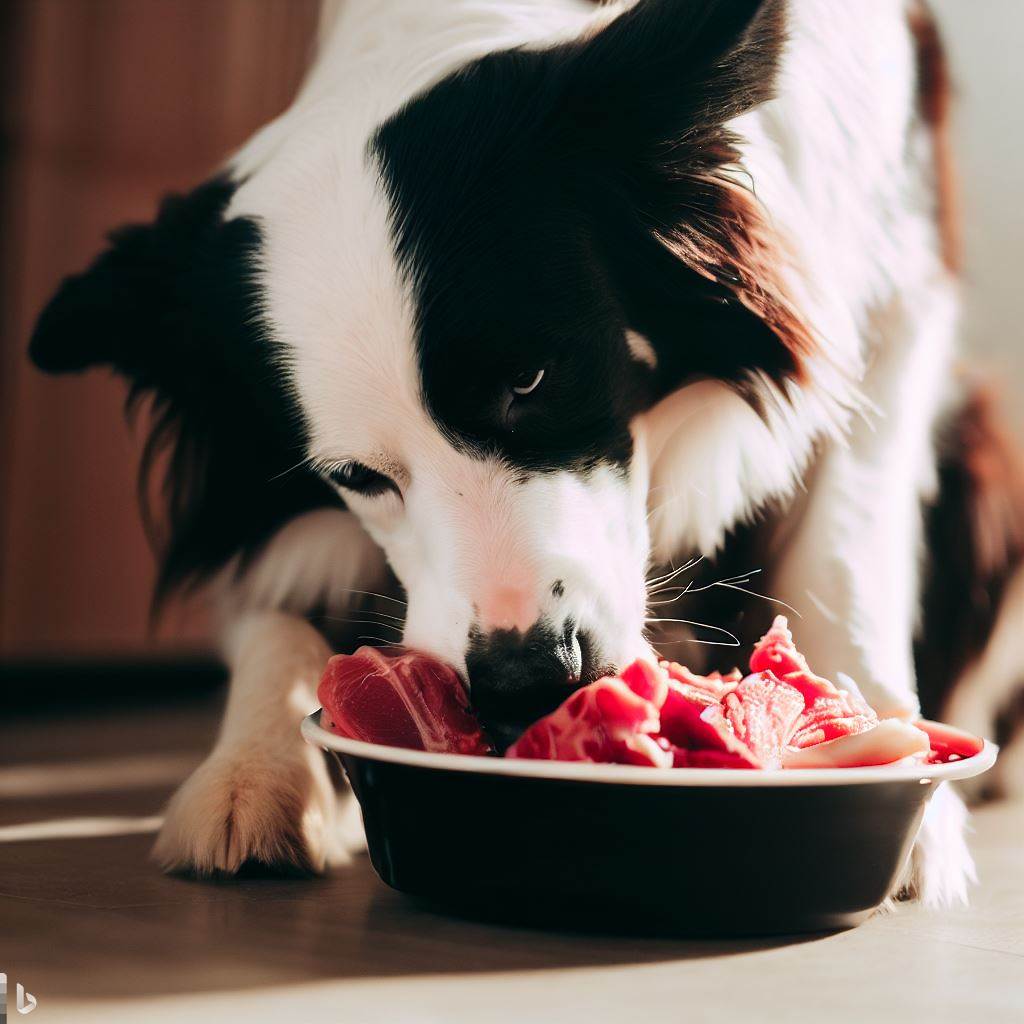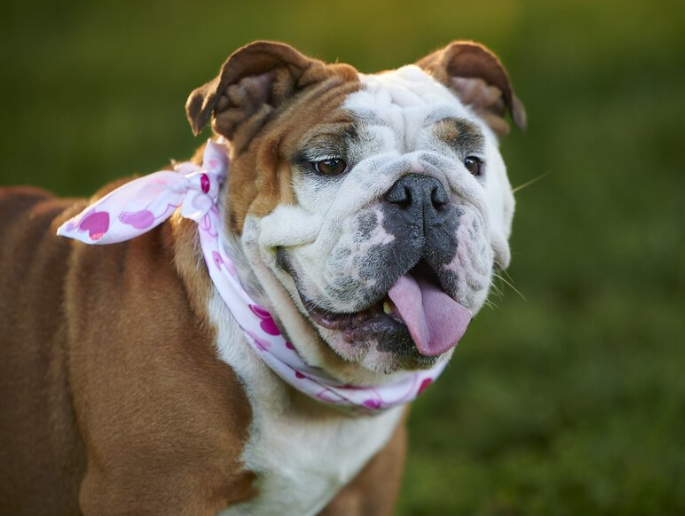
There are always certain movies, books, clothing, or trends that
provoke strong reactions and controversy, with people often holding
totally different opinions about them. It’s not much different with
dogs… Certain breeds seem to inspire high affection and admiration
in some people, and total contempt in others, whether because of
their appearance, temperament, or other features.
The Bulldog is one of those breeds! With their muscular physique, remarkable wrinkled appearance, affectionate nature, and charming demeanor, the Bulldog has become a popular breed.Whether you’re an experienced dog owner who loves Bulldogs or new to the breed, trying to get a better idea of what to expect from a Bulldog and how to handle a dog of the breed properly, this article is just for you!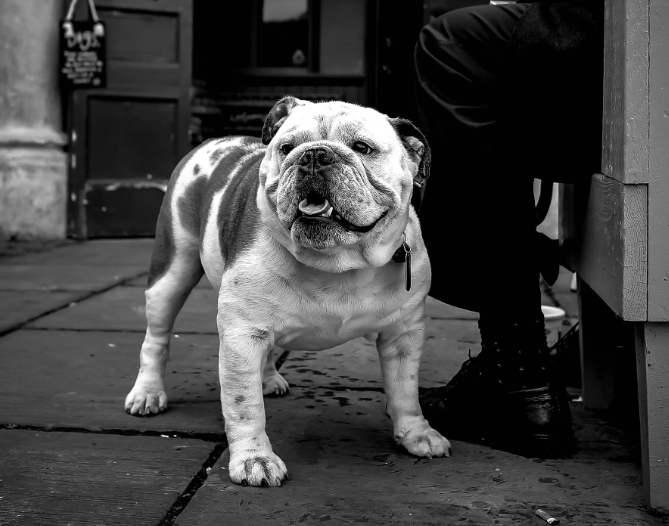
Bulldog—Origin and Breed Characteristics
The Bulldog’s origins can be traced back to England, where they were initially bred for bull-baiting. Based on some resources, like the “In the 1938 Blue Book of Bulldogs” by William Lawlor, the breed can be traced back to the 13th century, while others suggest that the name “Bulldog” was first used in 17th century.
Due to their powerful, muscular physique, they were perfect for this task. Luckily, bull-baiting was prohibited in the early 19th century. After that, the breed’s temperament was selectively modified to become gentler and more docile. Over time, Bulldogs evolved from working dogs known for their fierce nature to calm, and affectionate dogs, as we know them today.
We would say that the breed’s character reflects their history—strong-willed, loyal, and protective—but also incredibly loving, affectionate and able to form deep bonds with their families!
Bulldogs have a unique appearance with their solid, muscular bodies, short muzzles, and distinctive wrinkled faces. Despite their tough appearance, which still provokes fear in some people, these canines are typically laid-back and enjoy a calm environment.
Bulldogs are social dogs, generally good with children and other pets, although they may be reserved around strangers. Of course, early socialization and desensitization to potential triggers in the environment are always recommended as they help ensure the dog grows as a confident and well-mannered adult.
Bulldogs’ energy levels are rather moderate. They would be glad to happily relax by your side while would also appreciate you taking them on a walk and play with them. Moderate exercise is considered the best option for your paw friend of the breed to stay fit and happy.
There are several types of Bulldogs, including the English Bulldog, which is the most iconic; the French Bulldog, known for its smaller size and large ears, and the American Bulldog, which is larger and more athletic. While these different types vary in size and appearance, they all share the same loyal and affectionate temperament. If you want to learn more about various types of Bulldogs, our article “Types of Bulldogs” may be worth checking!

How To Handle Bulldogs Properly?
Be Gentle but Firm
Bulldogs, especially English Bulldogs, have a robust build, and they may not always understand their strength. They can be a bit stubborn, which might lead to resistance when handling or training. With that said, it’s important that you always approach them gently but with firm guidance. Using calm and consistent commands helps them understand boundaries and also reduces the likelihood of them becoming anxious or overexcited.
Watch for Breathing Difficulties
Bulldogs are a brachycephalic (short-nosed) dog breed, which can make breathing difficult, especially in hot or humid weather. When raising and caring for Bulldogs, it’s important to be mindful of their breathing. We highly recommend avoiding overly energetic activities, particularly on warm days.
Additionally, as a responsible owner, you should be aware of the signs of heatstroke, including excessive panting, lethargy, loss of appetite, and any behavioral changes. Always ensure your dog has access to fresh water, especially during the hotter seasons, and avoid physically exhausting activities.
Use Supportive Handling Techniques
While due to their sturdy and muscular physique, Bulldogs may not be as agile as other breeds, they still require appropriate support when being handled. You should always lift a Bulldog by supporting their body under the chest and rear, rather than by grabbing their limbs.
This method helps prevent injury to their joints and spine. Keep in mind that Bulldogs are not as flexible as some other breeds, so using proper lifting techniques will ensure they feel comfortable.
Understand Their Play Style
Bulldogs tend to have a bit more rough play style, so it’s important to supervise play, especially with children or other pets, to ensure that playtime remains safe and enjoyable for everyone. While they love attention and play, they might not have the same endurance as other breeds, so you should be cautious of overplaying or forcing them into activities they’re not comfortable with.
Manage Their Diet and Weight
One of the key aspects of Bulldog safety involves maintaining a healthy diet and weight.
Bulldogs are prone to obesity, which can lead to joint problems, heart issues, and other health conditions. Be mindful of their diet and avoid overfeeding them or encouraging a sedentary lifestyle.
It’s understandable to want to enjoy a calm night on the couch with your beloved paw friend; however, taking them for a walk and engaging in some moderate play sessions will be beneficial for both of you, physically and mentally. Needless to say, it will help strengthen your bond.
Be Cautious with Other Animals
While Bulldogs can get along well with other pets, they can sometimes be territorial, particularly if they feel threatened or overwhelmed. When introducing your furry friend to new animals, it’s essential to proceed slowly and carefully. Monitor their body language for signs of aggression or fear, such as growling, snarling, or stiffening.
If the dogs don’t know each other yet and you’re unsure how their interaction will go, always supervise them, especially in multi-pet households, to prevent conflicts.
Know When to Consult a Vet
Like all breeds, Bulldogs are prone to specific health issues that can impact their safety and comfort.
The breed is susceptible to hip dysplasia, respiratory issues, skin fold infections, etc., which is why regular vet checkups are essential for identifying potential problems early and taking precautions.
As we’ve already mentioned, it’s important to pay attention to any changes in your dog’s behavior, appetite, or mobility, and consult your veterinarian if you notice anything unusual.
Consider Their Sensitive Skin
Bulldogs have sensitive skin and are prone to infections in their skin folds. These folds can trap moisture and debris, which, in turn, can lead to rashes and irritations. When handling Bulldogs, make sure to clean and dry the skin folds regularly to prevent infections. Always be gentle when wiping or grooming them, as their skin can be sensitive to rough handling.
Training and Socialization
Proper training and socialization are vital for all dogs, especially for those with a strong and muscular physique like Bulldogs, to help them learn how to behave safely in various situations. Consistent, training based on positive reinforcement will help your paw companion develop good manners and understand their limits.
Bulldogs can be a bit stubborn, so patience is key when teaching them new commands or social behaviors. Socializing them with other animals and people at an early age can help prevent fearful or aggressive behavior later on.
We always advise handlers to reward desired behaviors to reinforce them in the future, rather than punishing unwanted ones. After all, we all want the best for our dogs and to make them feel like true family members!
Respect Their Need for Space
While Bulldogs are generally friendly, they can have moments when they prefer some time alone, particularly if they feel stressed or overwhelmed (which applies to all dogs, actually).
Always respect their need for peace and quiet. If a Bulldog retreats to a quiet spot or shows signs of wanting to be left alone, give them space and avoid forcing interaction. This will help ensure they feel safe in their environment, which, in turn, will improve their overall well-being.

Bulldogs as Service Dogs
If you have a service dog or regularly read articles about service dog-related topics, you're likely already familiar with this type of dog. Service dogs are individually trained to perform specific tasks directly related to a disability, regardless of the disability type.
Bulldogs, with their calm and steady temperament, can become excellent service dogs for individuals with various needs. Their loyalty and affection help create a strong bond with their handlers, allowing them to provide both emotional and physical support.
While they may not be the fastest or most agile breed, Bulldogs excel in tasks that require patience, consistency, and a comforting presence. Some specific tasks Bulldogs can assist with include:
Mobility Support
Bulldogs can help with stability tasks, such as bracing against their handler during standing or walking and assist in retrieving dropped items.
Psychiatric Service Tasks
Bulldogs can be trained in PSD tasks, such as recognizing signs of anxiety or panic attacks, and exhibiting trained behaviors to alert their owners. Providing grounding through deep pressure therapy or physical cues like licking and nose-nudging are also tasks these canines can be trained to do.
Based on our experience, we’d say that French Bulldogs (Frenchies) are particularly favored for PSD tasks due to their affectionate personalities.
Alerting to Sounds
Bulldogs can be trained to alert their handlers to important sounds in the environment, such as doorbells, alarms, or the phone ringing, making them valuable for individuals with hearing impairments.
Emotional Support
While service dogs don’t provide comfort and companionship only, but are trained to perform specific tasks, we need to mention that Bulldogs can offer consistent companionship and emotional comfort. This can be a bonus to their service dog tasks or if you prefer to have your Bulldog as an Emotional Support Animal only, you can focus on the comfort they provide.
Overall, Bulldogs are reliable, intuitive, and affectionate dogs, which makes them suitable for service dog work and a good choice for those seeking both practical assistance and emotional support.







